Quantum computing is in all likelihood the 21st century’s great computer revolution. What is IBM doing to make the quantum dream a reality?
Category: quantum physics – Page 298
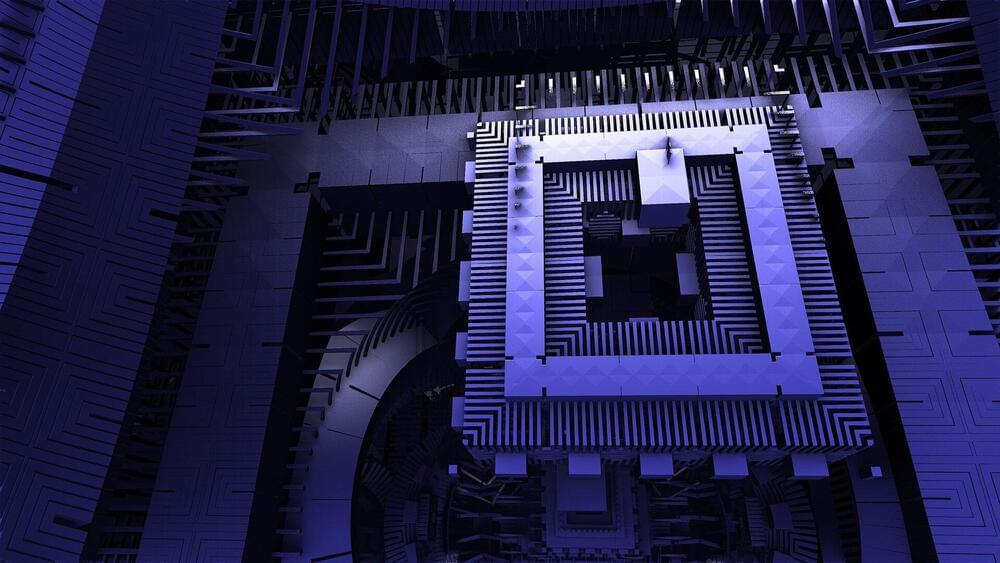
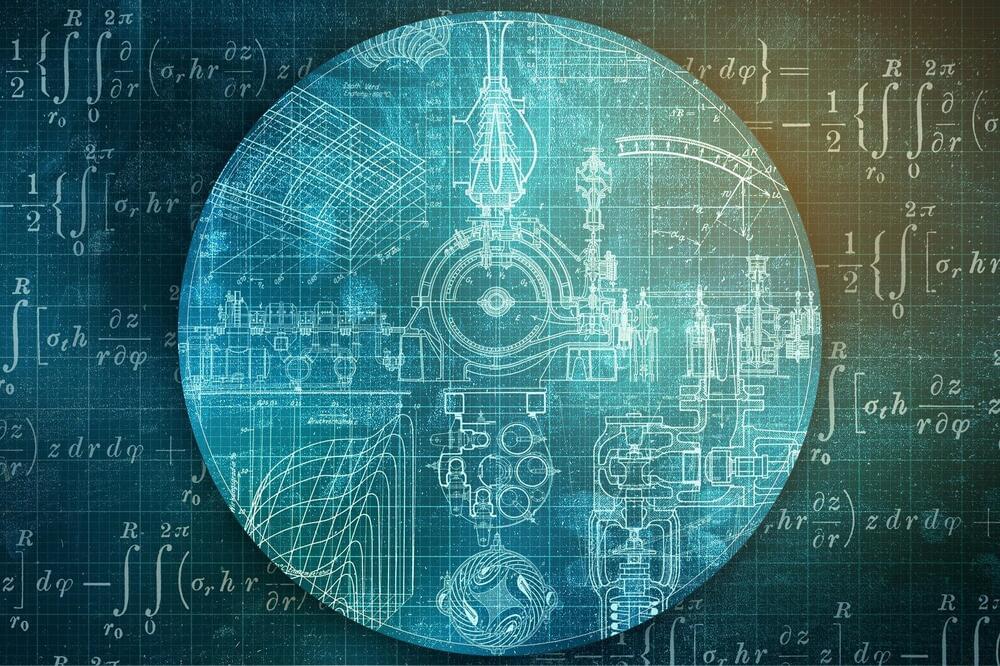
Researchers propose a smaller, more noise-tolerant quantum factoring circuit for cryptography
The most recent email you sent was likely encrypted using a tried-and-true method that relies on the idea that even the fastest computer would be unable to efficiently break a gigantic number into factors.
Quantum computers, on the other hand, promise to rapidly crack complex cryptographic systems that a classical computer might never be able to unravel. This promise is based on a quantum factoring algorithm proposed in 1994 by Peter Shor, who is now a professor at MIT.
But while researchers have taken great strides in the last 30 years, scientists have yet to build a quantum computer powerful enough to run Shor’s algorithm.
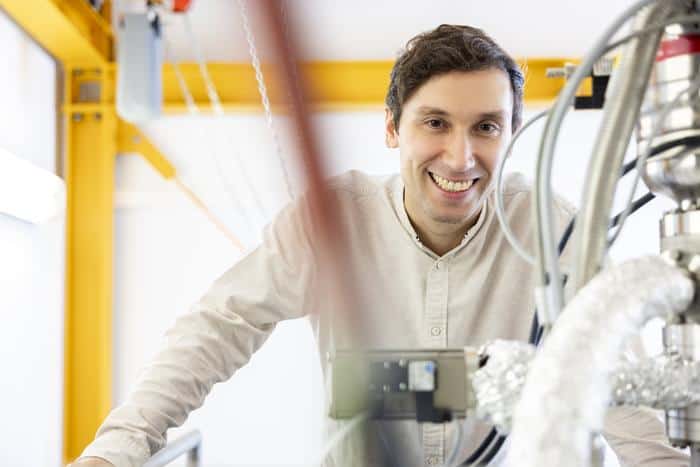
Quantum sensor detects magnetic and electric fields from a single atom
The next step, says Esat, is to increase the new device’s magnetic field sensitivity by implementing more advanced sensing protocols based on pulsed electron spin resonance schemes and by finding molecules with longer spin decoherence times. “We hope to increase the sensitivity by a factor of about 1,000, which would allow us to detect nuclear spins at the atomic scale,” he says.
A holy grail for quantum sensing
The new atomic-scale quantum magnetic field sensor should also make it possible to resolve spins in certain emerging two-dimensional quantum materials. These materials are predicted to have many complex magnetic orders, but they cannot be measured with existing instruments, Heinrich and his QNS colleague Yujeong Bae note. Another possibility would be to use the sensor to study so-called encapsulated spin systems such as endohedral-fullerenes, which comprise a magnetic core surrounded by an inert carbon cage.
New Quantum Computing Paradigm Could Make all the Difference
Learn science in the easiest and most engaging way possible with Brilliant! First 30 days are free and 20% off the annual premium subscription when you use our link ➜ https://brilliant.org/sabine.
A new approach to quantum computing — working with photons, or \.
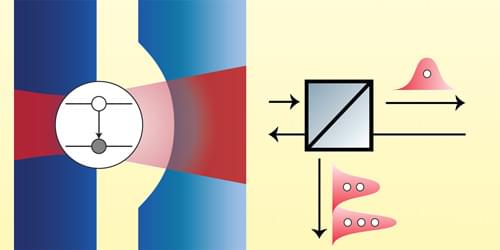
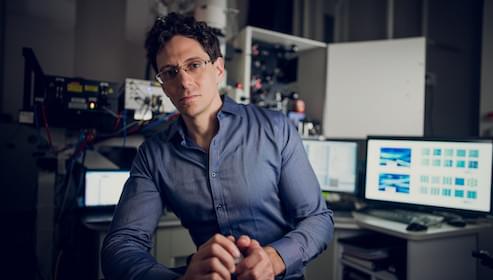
The Next Century in Quantum and AI
Frankly, I think 100 years is too far to look into the future because we will see dramatic new scientific areas emerge 20 years from now. My grandfather immigrated to Israel in 1946 from Holland to be a Technion student in civil engineering.
At that time, civil engineering and mechanical engineering were the most prestigious fields you could study. Back then, the disciplines of science that I work in, like computer science and electrical engineering, did not even exist as separate fields.
In comparison, today progress happens even more quickly. This rapid progress is especially apparent in disciplines like quantum technologies and AI.

Quantum information theorists are shedding light on entanglement, one of the spooky mysteries of quantum mechanics
But despite creating all these breakthrough technologies, physicists and philosophers who study quantum mechanics still haven’t come up with the answers to some big questions raised by the field’s founders. Given recent developments in quantum information science, researchers like me are using quantum information theory to explore new ways of thinking about these unanswered foundational questions. And one direction we’re looking into relates Albert Einstein’s relativity principle to the qubit.
Quantum computers
Quantum information science focuses on building quantum computers based on the quantum “bit” of information, or qubit. The qubit is historically grounded in the discoveries of physicists Max Planck and Einstein. They instigated the development of quantum mechanics in 1900 and 1905, respectively, when they discovered that light exists in discrete, or “quantum,” bundles of energy.
Workshop on Quantum Information and Physics — Opening Remarks
Opening RemarksAugust 19, 2024
Towards a Complexity Theory for Fully Quantum Problems — Henry Yuen
Enjoy the videos and music you love, upload original content, and share it all with friends, family, and the world on YouTube.